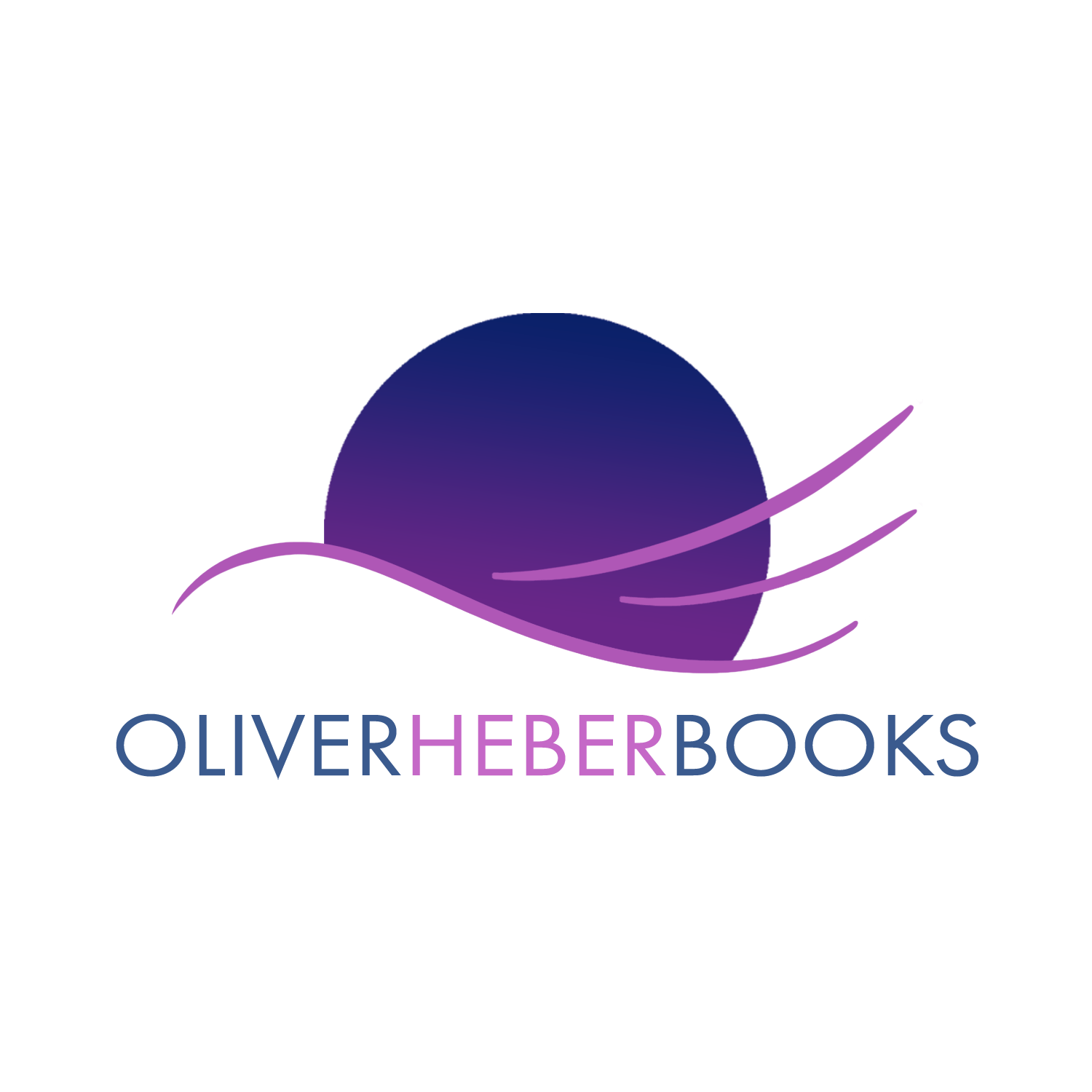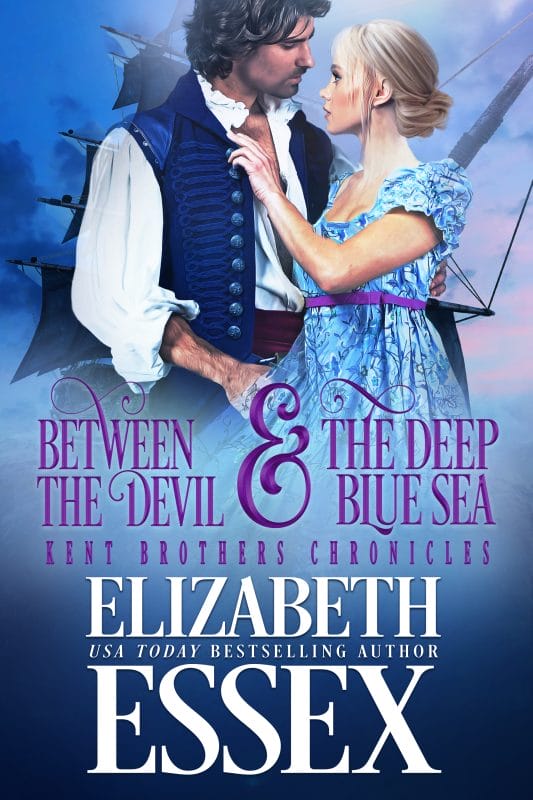
I am a history junkie. I love history, and, in the past, I have been known to get lost in my research to the detriment of my novel writing. I’d chase details down a rabbit hole and become lost in a different world, like Alice in Wonderland. In wide-eyed wonderment, I’d study each nugget of information.
Can I use this? Where can I use this?
But over time, I realized readers wanted the story more than the history. Yes, my setting, events, and culture were important, but they were not the priority. My endless research impeded writing those books my readers wanted, besides being impossible when on a strict deadline.
That’s when I learned something important. I learned to think of my novels as impressionistic paintings. In the Merriam-Webster online dictionary, one definition of impressionism is:
“the depiction (as in literature) of scene, emotion, or character by details intended to achieve a vividness or effectiveness more by evoking subjective and sensory impressions than by recreating an objective reality”
I like impressionistic paintings. It’s my favorite art style. There is a lyrical feel to an impressionism painting that I enjoy, for they evoke “subjective and sensory” feelings when I look at them, and that is what I want in my stories.
So, my approach to history in my novels is to put enough information in to bring those feelings to the reader without drowning them in facts that could drag a story down.
How do I do that? By limiting my research to small packets or subjects that can provide a moment of color or awe to the reader.
In my last five novels, I did research on Michaelangelo sketches, priest’s holes, poison in India, climbing boys, clay mines, pottery tools, Sir Francis Dashwood’s Hellfire Club, and the effect of the Tambora volcano eruption on England’s weather.
One of my go-to resources is the Pinterest boards. Need inspiration for a townhouse, a country house, or a mansion? How about a dress, a carriage, or a coaching inn? Pictures abound on that resource, and sometimes the included links lead me to more information.
Another resource I use is Wikipedia. I know there is bad information on Wikipedia; however, I go to the end of a Wikipedia article to look for the sources for the information referenced in the article. There are often workable links to “the good stuff” in the bibliographies.
I’ve always been a fan of bibliographies. I judge history books by the quality of their bibliographies.
Google Books and JSTOR are other go-to resources for tidbits of quality information. I discovered their usefulness through a Wikipedia bibliography!
I tried to use AI to find information; however, the information brought back was often shallow and leached of those sensory feelings I was looking for.
I save the bits of information I find in Microsoft’s One Note app. I like One Note because it saves the source record (it’s that bibliography thing again).
I still enjoy delving into history, but no more falling down rabbit holes.
 Holly Newman is a pseudonym for Holly Thompson. She lives in Florida seven miles from the Gulf Coast with Ken and their six cats. Holly decided to be a writer when she was in the fifth grade and filled notebooks with stories—until a mean-spirited high school teacher told her she had no talent for writing. Crushed, for several years she stopped writing, but the writing bug didn’t go away. Her first book won first place in the University of Texas at Dallas fiction writing competition and was first runner-up for the Rita award from Romance Writers of America.
Holly Newman is a pseudonym for Holly Thompson. She lives in Florida seven miles from the Gulf Coast with Ken and their six cats. Holly decided to be a writer when she was in the fifth grade and filled notebooks with stories—until a mean-spirited high school teacher told her she had no talent for writing. Crushed, for several years she stopped writing, but the writing bug didn’t go away. Her first book won first place in the University of Texas at Dallas fiction writing competition and was first runner-up for the Rita award from Romance Writers of America.
Holly’s interest in the Regency period came while in high school and she volunteered to re-shelve returned books at the community library. Every week there were Georgette Heyer novels to be shelved. Curious, she checked one out and became immersed in the world of the regency.
Fast forward ten years. When attending Science Fiction Conventions she met people who read science fiction; but also enjoyed the works of Jane Austen and Georgette Heyer, just as she did. They liked these books so much that they wore regency costumes at the science fiction convention. They even had regency era dancing on the convention program. These Science Fiction readers and writers knew a lot about the regency era. Intrigued, Holly did research on the era and quickly went from being a casual regency reader to a regency history buff. After that, with encouragement from science fiction authors, it was just a small step to writing regencies.
You can find her at her Website, Facebook, Twitter, Instagram, and Pinterest. Oh, and don’t forget to sign up for her newsletter to learn all about what she has coming in the future!






